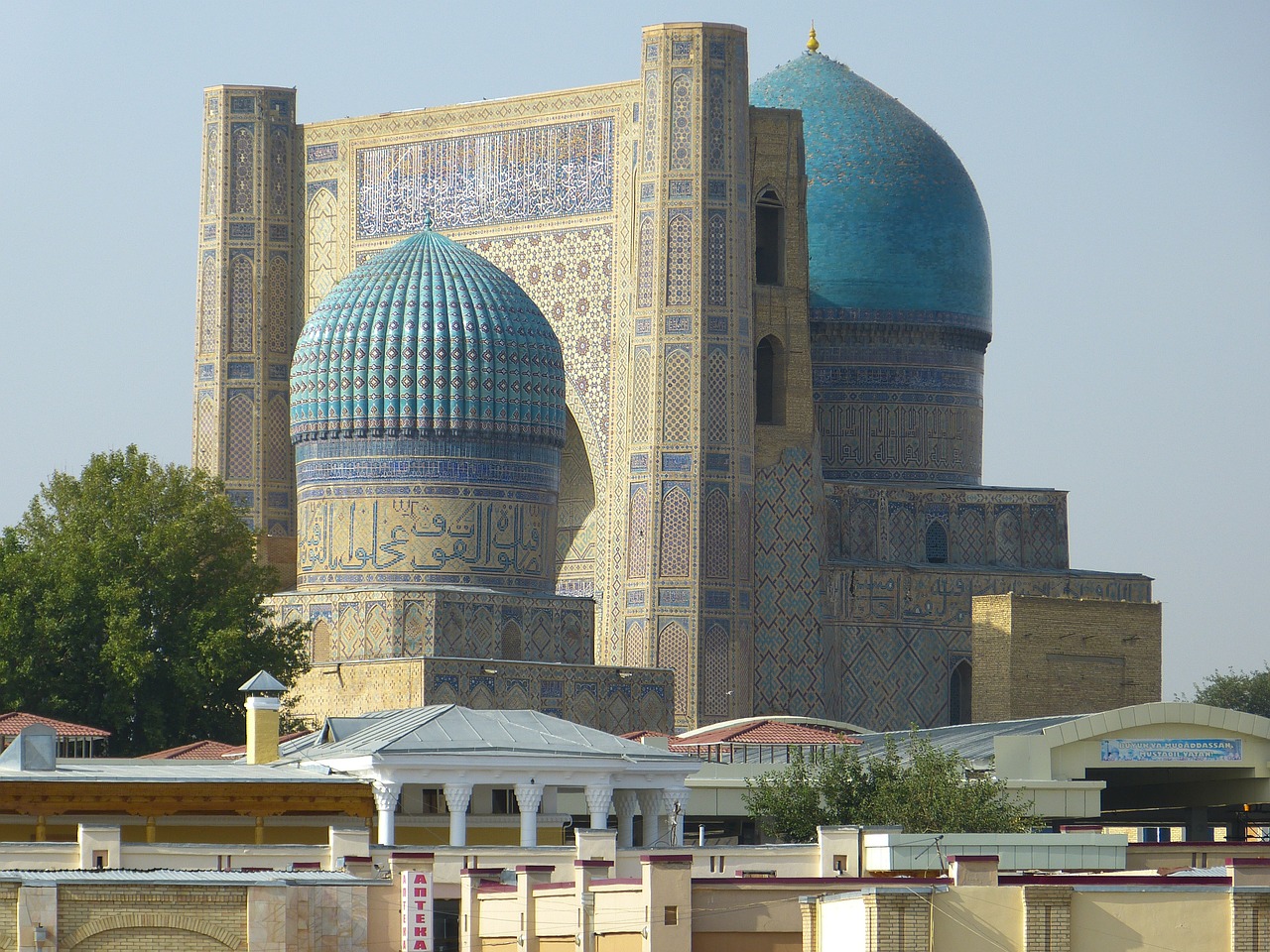 Before a cultural landmark or
natural wonder can be declared an official UNESCO World Heritage Site, it
must first be inscribed on what is known as the “tentative list.” This
nomination process allows countries to introduce UNESCO to sites and
properties that they believe should be granted World Heritage status.
Before a cultural landmark or
natural wonder can be declared an official UNESCO World Heritage Site, it
must first be inscribed on what is known as the “tentative list.” This
nomination process allows countries to introduce UNESCO to sites and
properties that they believe should be granted World Heritage status.
A country’s tentative list is prepared by key stakeholders, including local and regional governments, NGOs, communities, and site managers. These individuals and entities work together to provide details about the nominated sites and to justify their exceptional universal value. Tentative lists are then submitted to UNESCO’s World Heritage Center for evaluation by the World Heritage Committee.
While Uzbekistan is currently home to five UNESCO World Heritage Sites, an amazing 30 additional sites are on the country’s tentative list awaiting future World Heritage status. Read on for a look at some of these fascinating cultural and natural marvels.
Complex of Sheikh Mukhtar-Vali (nominated to the tentative list in 1996)
This mausoleum was erected in the 16th century to honor Sheikh Mukhtar-Vali, the founder of the Ostana settlement who died in 1287 CE. With features that include multiple cupolas, carved wooden doors, a façade of baked bricks, and an intriguing longitudinal shape, the complex is a unique and distinctive example of medieval mausoleum architecture, as well as one of the oldest extant monuments of its kind.
The Khanbandi Dam (1996)
Built on the Zarafshan River basin in the Samarkand area between the 10th and 13th centuries, the Khanbandi Dam is one of just four dams of this size and scale that have lasted into the present day. Rising more than 15 meters in height, the upper length of the dam is nearly 60 meters long and the lower length measures more than 24 meters.
Ak Astana-baba Mausoleum (1996)
Located in the Surkhandarya region in the extreme south-east of Uzbekistan, the Ak Astana-baba mausoleum pays homage to Abu-Khu Khureyra, an associate of the Prophet Muhammad. Its distinctive features include guldusta towers, deep lancet bay windows, figured brickwork facades, and a crowning conical dome.
Kanka (2008)
Located about 80 kilometers southeast of Uzbekistan’s capital city, the ancient settlement of Kanka was once one of the largest city centers in the Tashkent oasis and an important stop on the Silk Road trading route. Covering a total area of 220 hectares, the settlement encompasses three distinct areas, or mini-cities: the citadel, which contains buildings dating back to the 6th century; the shakhristan, which includes the city’s urban territory; and the rabad, the trade and commercial areas on the outskirts of town.
Shahruhiya (2008)
Like Kanka, Shahruhiya is a historic settlement in the Tashkent oasis and a former Silk Road hub. One of the unique qualities of Shahruhiya is how well its many layers of history have been preserved. The site contains archaeological remains from Shahruhiya’s time as a small town (3rd to 10th centuries), as a large city and important trading center (11th century), and as a city destroyed and rebuilt by the Mongols under Amir Timur (14th century).
Zaamin Mountains (2008)
One of Uzbekistan’s natural wonders, the Zaamin Mountains cover the northern slope of the Turkistan mountain range on the border between Uzbekistan and Tajikistan. Currently protected by the twin entities of Zaamin State Reserve and Zaamin National Park, the territory is home to one of the largest and densest pine forests in Central Asia. This unique ecosystem supports hundreds of types of plants and animals, including many rare or endangered species.
Historic Center of Qoqon (2008)
Located in the Ferghana valley, the ancient city of Qoqon is a beautiful reflection of the influence of different trends, cultures, and eras on urban development in Uzbekistan. With structures dating from the 2nd century BCE, from the wave of expansion that swept through the country in the Middle Ages, and from the European urbanization that has characterized much of the development in Central Asia over the last two centuries, Qoqon is something of a living museum.
Shokhimardon (2008)
Located in the mountainous zone of the Shokhimardon River basin in eastern Uzbekistan, this area is an impressive example of Uzbekistan’s natural heritage, featuring high-altitude mountain lakes, massive mountain rivers, and large glaciers. Most notably, the area is also home to a wide expanse of nut forests, which are some of the last remaining examples of Central Asia’s tertiary broad-leaved forests.
Ahsiket (2008)
Although it was destroyed completely in 1219 CE, Ahsiket was one of the most important ancient cities in Central Asia. Originally founded between the 3rd and 2nd centuries BCE, Ahsiket was an important center for metallurgic and metal production. It became known far and wide as the only place in Central Asia to produce the high-quality steel known as Damascus or Damask steel. After the Mongolian invasion in the 13th century, which destroyed ancient Ahsiket, the present-day city of Ahsiket developed several kilometers to the west of its historic predecessor.
